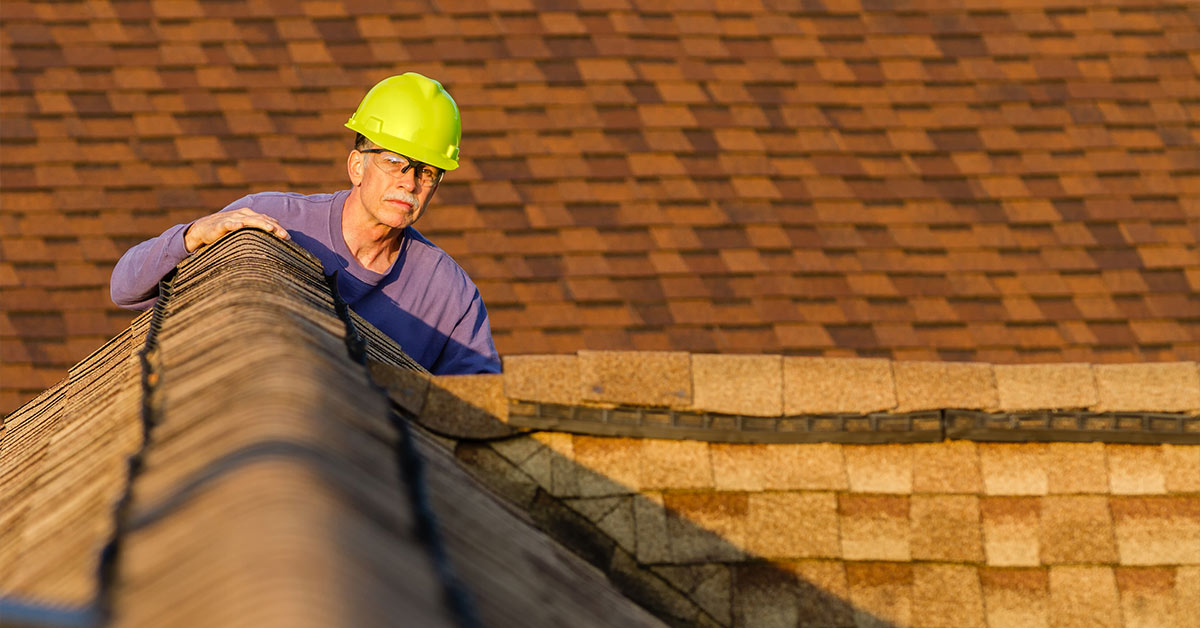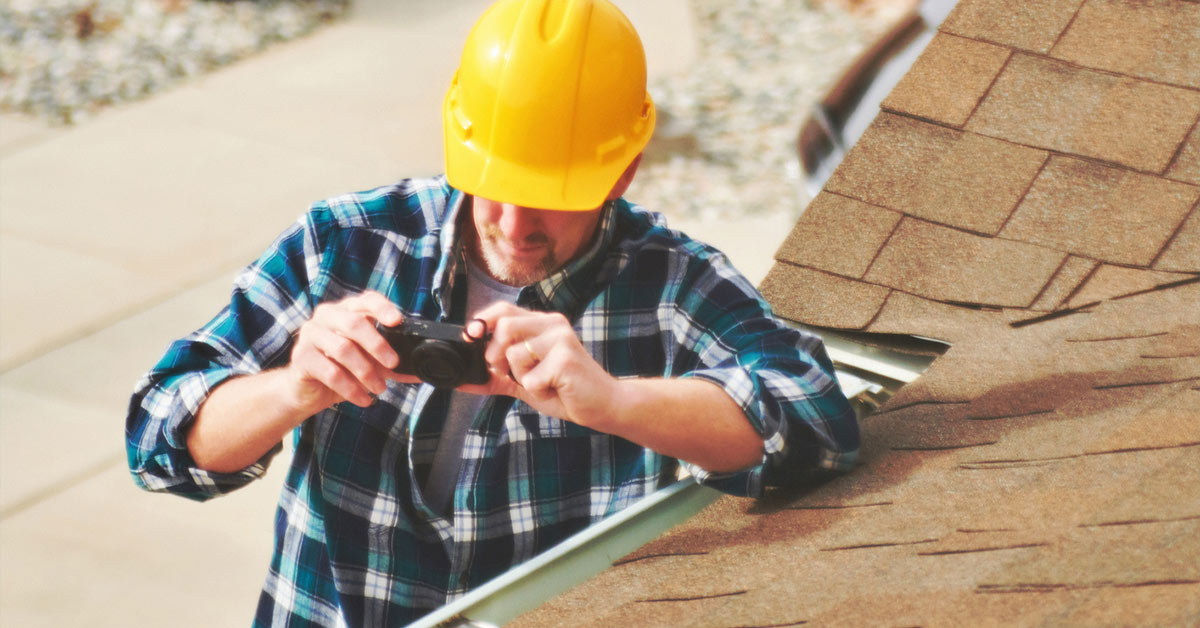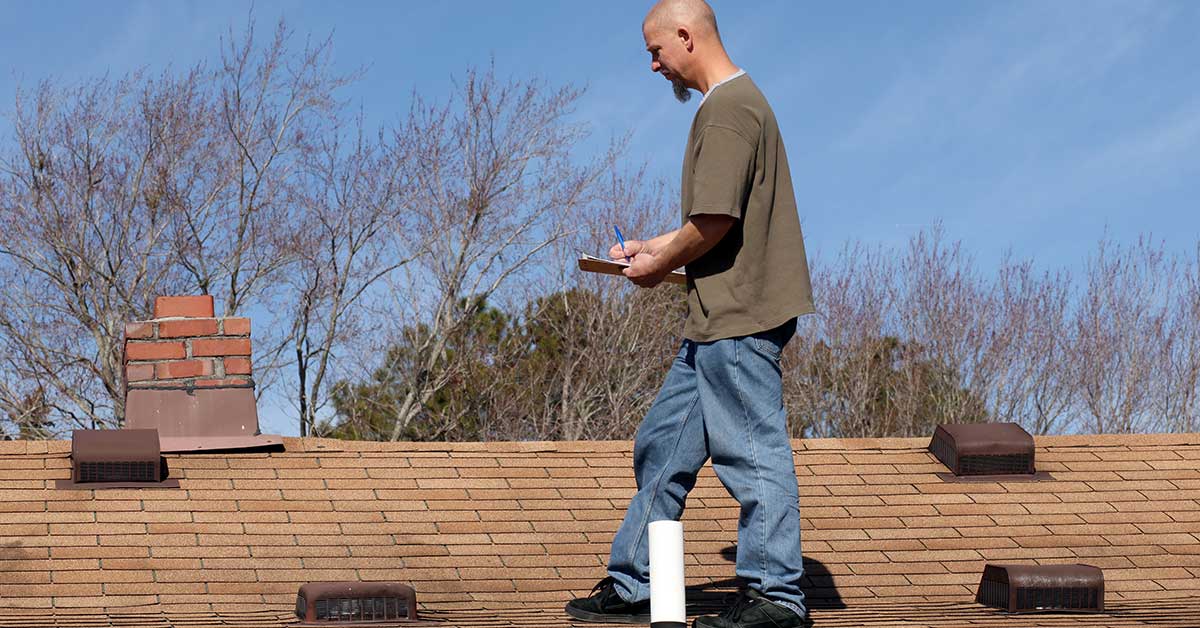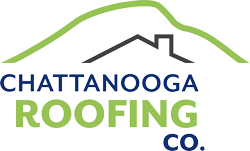
email us
ted@chattanoogaroofingco.com

call us now
(423) 308-ROOF
commercial roof inspection

29 Dec. 2023
How Does a Roof Inspection Work?
Maintaining a home’s value and comfort can sometimes feel like navigating through a complex maze. But imagine having people that can help you keep your roof in top shape. That is where roof inspections from Chattanooga Roofing Company come in. But, how does a roof inspection work? These offer homeowners peace of mind when it comes to taking care of their roofs. From detecting problems to preventing disasters, these inspections serve multiple purposes. So, let’s explore the process of how roof inspections work.
How Does a Roof Inspection Work? 10 Steps for Each Roof Inspection
1. Scheduling the Inspection
The first step in a roof inspection is scheduling the service. Homeowners typically arrange inspections after severe weather and before buying or selling a property. This is also done as part of regular home maintenance every 2-3 years.
2. Initial Consultation
Before the inspection, the inspector may discuss any concerns or issues the homeowner has noticed. This helps in focusing on potential problem areas during the inspection.
3. Visual Check-up From the Ground
The inspector begins with a ground-level visual check-up. They look for signs of roof damage, such as missing shingles. But there is more; they also look for visible wear and tear or debris that could indicate underlying issues.
4. Checking Roof Surface
The inspector then checks the roof surface. This involves checking shingles, tiles, or other roofing materials. They do it to find signs of damage, aging, or improper installation.
5. Structural Integrity Check
A key part of the inspection is checking the roof’s structure. The inspector checks for sagging and uneven roof planes.
6. Interior Inspection
The inspection also includes checking the interior of the house, especially the attic. The inspector looks for signs of water intrusion, mold, and mildew. Another key detail the inspector pays attention to is proper insulation and ventilation.
7. Gutter and Downspout Evaluation
Gutters and downspouts are important for proper water drainage. The inspector makes sure that they are free of debris and doing their job.
8. Additional Components Check
Depending on the roof type and house structure, the inspector may also check skylights, chimneys, vents, and flashing. This helps the inspector look for any signs of damage or leaks.
9. Detailed Reporting
After the inspection, the inspector provides a detailed report. This report outlines the condition of the roof, any issues found, and recommendations for repairs or maintenance.
10. Follow-up Consultation
After the inspection, a follow-up consultation takes place. In this, the inspector discusses the findings in detail. During this session, the inspector elaborates on any issues detected. They also explain their potential impact and urgency.
They also provide guidance on repair options, estimated costs, and maintenance tips to prolong the roof’s lifespan. This consultation is an opportunity for homeowners to ask questions and clarify doubts. It helps make sure that they fully understand the condition of their roof.
Additionally, the inspector can offer insights into preventative measures and best practices for roof care. This helps homeowners plan future maintenance and budgeting effectively.
Conclusion
A thorough roof inspection is essential for maintaining the health and longevity of your roof. Understanding this process helps homeowners appreciate the importance of regular inspections.
Plus, it helps them make informed decisions about their roof’s maintenance. Regular inspections can prevent minor issues from becoming major problems. Ultimately, this can save time and money. Contact us today to schedule your inspection!
- By: chattroof
- Roof evaluation, Roof scrutiny, Roof appraisal, Roof check-up, Roof analysis, Roof review, Roof overview, Roof check, Roof diagnosis, Roofing inspection, roof inspection service, House roof inspection, professional roof inspection, Residential roof inspection, commercial roof inspection, Property roof inspection, Roof examination, Home roof inspection., Roof survey, Roof assessment

25 Sep. 2023
Why You Need a Professional Roof Inspection After a Storm
Why You Need a Professional Roof Inspection After a Storm
After a storm passes, we often sigh in relief, grateful for our shelter. However, your roof that protected you might have taken quite a beating. Just like we check our windows and doors, ensuring our roof’s integrity is equally crucial. Many unseen damages, from missing shingles to cracks, can lead to bigger problems if left unchecked. However, you may not see the damage – which is why you need a professional roof inspection.
These issues might not be immediately visible, and that’s where professionals come in. They spot the subtle signs of wear and damage that could become costly repairs in the future. So, while the storm may have passed, ensuring your metal roof remains in top shape is essential, making a professional inspection indispensable.

Roof Inspection
The Impact of Storms on Your Roof
1. Wind Damage
Strong winds during a storm can cause significant damage to your roof. They can lift shingles, loosen flashing, or even tear off entire sections. So, while some damage may be visible from the ground, much goes unnoticed without a thorough inspection.
2. Hail Damage
Hailstorms can be particularly harmful to roofs. Hailstones can puncture shingles, creating openings for water to seep through. Over time, this can lead to leaks and water damage inside your home.
3. Water Damage
Heavy rain during a storm can expose weaknesses in your roof’s structure. Water can find its way through small cracks or gaps, leading to leaks that may not be immediately apparent. Thus, this hidden damage can worsen, causing mold, rot, and structural issues.
The Importance of Timely Roof Inspections
1. Identifying Hidden Damage
One of the key reasons you need a professional roof inspection after a storm is to uncover hidden damage. So, while you might spot some apparent issues from the ground, an experienced roofer can assess the entire roof’s condition.
2. Preventing Costly Repairs
Addressing storm-related roof damage can prevent costly roof repairs down the road. If you ignore minor issues, they can escalate into major problems that require extensive repairs or even a full roof replacement. Thus, a professional inspection can catch these issues and save you money in the long term.

Roof Inspection
Benefits of a Professional Inspection
Here are some benefits of choosing professional roofers like Chattanooga Roofing Company:
- Safety: Professionals have the necessary safety equipment and experience to work safely on your roof.
- Expertise: They know what to look for and can identify even the most subtle signs of damage.
- Thoroughness: Professional inspections are comprehensive, ensuring no damage goes unnoticed.
Conclusion
In conclusion, the importance of a professional roof inspection after a storm cannot be overstated. Storm damage, whether visible or hidden, can lead to costly repairs and compromise your home’s safety. By addressing issues promptly through a professional inspection, you can save time and money in the long run.
Chattanooga Roofing Company
https://www.google.com/maps?cid=3134983317498625437
https://www.google.com/maps?cid=3134983317498625437
(423) 443-4174
- By: chattroof
- best roof inspection, best roof inspection service, best roof inspection services, best roof inspection company, local roof inspection, professional roof inspection, commercial roof inspection, rates of roof inspection, cost of roof inspection, prices of roof inspection, roof inspection, roof inspection rates, roof inspection near me, roof inspection cost, roof inspection nearby, roof inspection prices, roof inspection services, roof inspection service, roof inspection company
visit Us: 529 S. Germantown Rd. Chattanooga, TN 37411
email us: ted@chattanoogaroofingco.com
24/7 Emergency call (423) 308-ROOF

